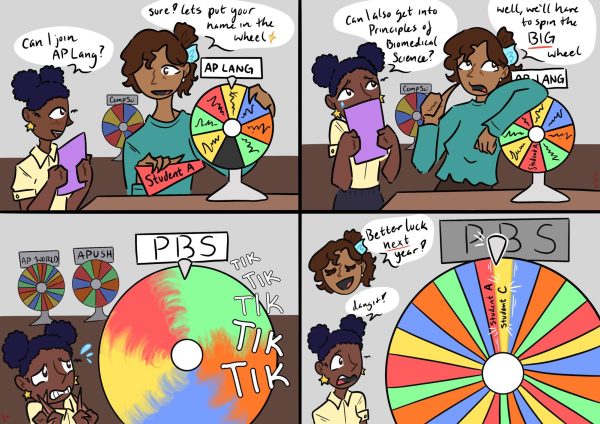Prison system proves to be unjust
Solitary confinement is a disgusting practice used all over America to break, or hold, dangerous inmates.
Dating back to the 19th century, solitary confinement has been used as a form of correctional punishment in prisons worldwide. Prisoners would typically spend anywhere from 22-24 hours a day locked behind a steel door with minimal human contact.
While many prisons in the United States have banned the use of solitary confinement for anyone under the age of 18, thousands use this tactic nationwide regardless of age.
According to solitarywatch.com teenagers are frequently put in solitary before they’ve been convicted of a crime due to lack of space, and in Alaska a 16-year-old spent 500 days in solitary while awaiting trial.
In 2011 The Human Rights Watch and ACLU found that nearly 95,000 minors had been locked behind heavy metal doors in the United States alone.
That same year, a California audit found children in juvenile facilities were being held for 24 hours in isolation several times between January and April. This was a direct disregard for state regulation which does not allow juveniles to be held in solitary for more than 21 hours a day.
According to the California Department of Corrections and Rehabilitations there is no “solitary confinement” in California prisons. But, in Crescent City, California more than 500 Pelican Bay prisoners have been in solitary confinement for over a decade.
Ideally solitary confinement sounds like a superb way to deal with difficult and extremely dangerous prisoners. Not only are these prisoners easier to guard but random violence and breakout schemes are also impossible to accomplish.
But this system does have major faults. The mental and physical strain pushes some past the point of no return. Long term confinement can lead to increased sensitivity, vivid hallucinations, memory loss, and difficulty thinking.
The human brain is incapable of dealing with the abundant stress and little to no sensory stimuli. Many studies, such as psychiatrist Terry Kupers’s, show that solitary causes long lasting mental issues that can stretch out until death.
In California prisons Security Housing Units ,or SHUs, are used for the more dangerous inmates. The conditions of these units seem suspiciously similar to that of solitary confinement units.
Much like solitary confinement the cells are small, usually a little over the sixe of a standard sized car.
There the prisoners stay in their cells all day except for an hour or two when they are corralled into exercise cages on the roof for a bit of air and what ever physical movement can be done in a 20 by 10 cage.
While California has done away with the term solitary confinement and named it something else, the same damages are still being done.
In the summer of 2012 a protest over the SHUs and solitary confinement broke out at Pelican Bay prison with a little over 30,000 inmates participating in a prison-wide hunger strike. While the strike was disposed of quickly, the debate over SHUs rages on.

